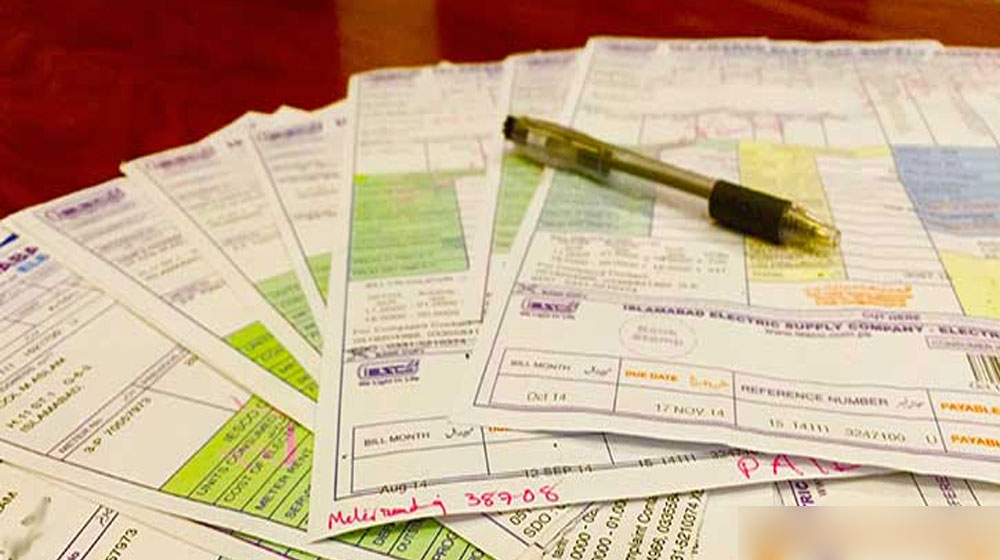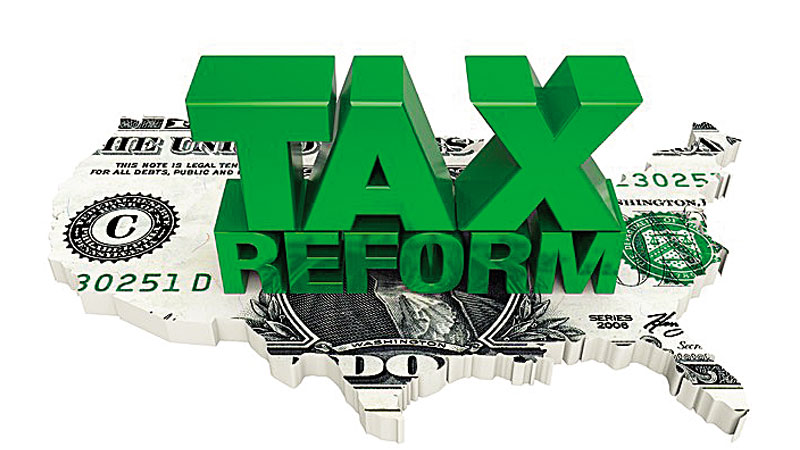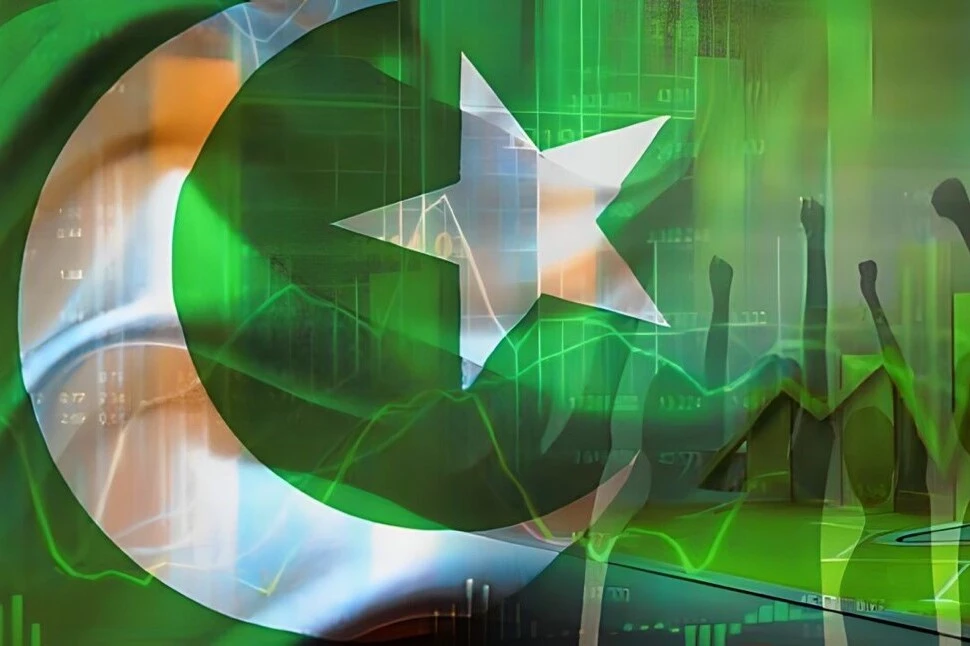Masood Khalid Khan
The energy crisis in Pakistan is not just a concern, it’s a ticking time bomb threatening the very existence of its manufacturing sector, particularly the textile and apparel industry. This industry, a cornerstone of the country’s economy, contributes over 50% of export earnings and employs around 40% of the industrial workforce. Yet, policymakers have turned a blind eye to the escalating energy costs, which have been steadily climbing over the past year, thereby worsening the already dire situation.
The gradual increase in energy tariffs is not just a slow burn, but a potential economic catastrophe. Since the withdrawal of the regionally competitive energy tariffs regime last March, power tariffs for industrial consumers have skyrocketed from around 9 cents/kWh for export-oriented firms and 12 cents/kWh for domestically oriented sectors to 17.5 cents/kWh at present. This is more than double that of regional economies like India, Bangladesh, and Vietnam, where Pakistani firms directly compete within the international market.
In November 2023, domestic gas prices were also increased from Rs 1,100/MMBtu to 2,400/MMBtu for export sector captives and from Rs 1,200/MMBtu to Rs 2,500/MMBtu for non-export captives. Then, in February 2024, gas prices were once again hiked to Rs 2,750/MMBtu—an increase of 223% since January 2023—and the separate tariff category for export sectors was abolished. Simultaneously, the proportion of RLNG in the gas blend supplied to industries has gradually increased, for example, from 50% in January 2024 to 75% in March for those on the SNGPL network. Now, word on the street is that the government is planning to completely cut off the gas supply to captive industrial consumers by the end of the current fiscal year, with the supposed goal of shifting industrial power consumption to the national grid to bring down the power sector’s fixed cost per consumer.
As power tariffs have deviated above the regionally competitive level of 9 cents/kWh, one part of the industry—already equipped with gas-based generation owing to policy incentives over past decades—has shifted to captive generation. The other part, with no financially viable source of energy available to them, has abandoned their businesses entirely. This is reflected in the power consumption of APTMA’s members in the North region—whose data is available to us—that has been down by over 70 per cent YoY since November 2023 and is further evidenced by the largest decline in textile sector output in over 20 years. Similarly, textile and apparel exports in March 2024 stood at only $1.3 billion against an installed capacity of over $2 billion.
The soaring energy costs have not only burdened the domestic producers but have also made their products, such as yarn and cloth, more expensive than international prices. This has led exporters to resort to duty-free import for export schemes, importing cheaper inputs from abroad. As a result, the share of domestic value addition in exports has plummeted, and the trade balance has deteriorated, all due to the uncompetitive energy pricing.
Producers of domestic inputs are further disadvantaged by the sales tax regime, where exporters must pay 18 per cent sales tax on locally purchased inputs and wait several months for it to be refunded, which incentivizes them to choose duty-free imported inputs to avoid red-tape procedures.
For a country with only around $13 billion in reserves compared to a projected forex shortfall of over $25 billion annually for the next 5 years, this represents a dire situation. And, if the government proceeds with its plan to cut off industrial consumers from the gas network without a simultaneous reduction in grid electricity tariffs to regionally competitive levels, it is only going to get worse.
To elaborate on this, we must dissect the government’s problematic assumption that cutting industry off from the gas network will automatically shift it to the power grid. If economic theory is to be believed, a firm’s decision to export is based on a cost function that comprises costs of fixed capital, raw material, wages, and various factory overheads, including the energy required to power production equipment. It decides to export if and only if its total cost of production is less than the international price of the goods it produces. If the cost of an input increases beyond a threshold that pushes the total cost of production above international prices, it is unable to compete in the international market and exits the business.
Our estimates suggest that this threshold value is around 12.5 cents/kWh for the textile and apparel sector. With current power tariffs at 17.5 cents/kWh and captive gas-based generation at around Rs 33/kWh or 11.8 cents/kWh with a 75% RLNG:25% gas blend, any move to cut off gas supply to industrial consumers will not push them to the grid but rather force them to shut down their factories and exit the sector as was the case with those who did not have captive generation capacity.
There are also various indirect implications. One such example is the RLNG diversion costs. Pakistan has signed long-term LNG SPAs of 6.5 MTPA (900 MMCF/d) with Qatar Gas and Qatar Petroleum. Diversion of indigenous gas from captive industrial consumers to government power plants (RLNG-N GPPs) results in surplus RLNG in the system. Surplus RLNG is then diverted to low-revenue consumers at subsidized rates, the financial impact of which is traditionally passed on to industrial consumers, in the absence of whom it will simply add to the gas sector’s circular debt.
The sequencing of these reforms must, therefore, be carefully considered by policy makers. Shutting off one source of energy without opening up of another, financially viable source will drastically accelerate the pace of deindustrialization that has been ongoing since early last year and cause an immediate and sizable reduction in exports and employment.
To avert a complete industrial collapse, an immediate and strategic intervention is imperative to align energy pricing with regional benchmarks and safeguard Pakistan’s critical manufacturing base. According to estimates, reducing power tariffs to 9 cents/kWh could boost power consumption in the textile sector by up to 1,530 MW/annum, generating an additional $1.06 billion in power sector revenue, around $9 billion/annum in extra exports, and over $513 million in government revenue through various channels.
Additionally, these lower power tariffs will also prompt an automatic shift from captive gas-based generation, that currently costs 11.8 cents/kWh, to grid electricity, freeing up domestic gas-based resources as well as reducing the LNG import bill. It will also help to increase the competitiveness of domestic inputs, which will lead to a rise in the share of domestic value addition in exports and improvement of the trade balance.
If left unchecked, the continued escalation of energy costs will not only deepen the crisis in key sectors such as textiles but also imperil the broader economic stability of Pakistan. To prevent an economic catastrophe, a swift and thoughtful intervention is necessary to align energy pricing with regional benchmarks and ensure the survival of Pakistan’s critical manufacturing base. The time to act is now; failure to do so would be akin to watching the economy slowly succumb, much like the proverbial frog in boiling water.
Please, subscribe to the YouTube channel of republicpolicy.com















































